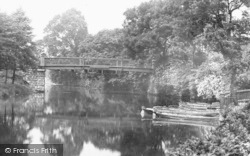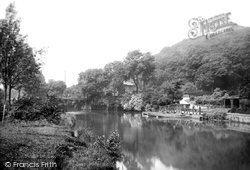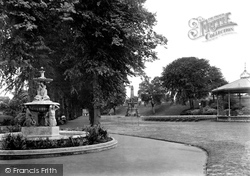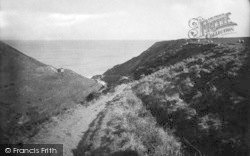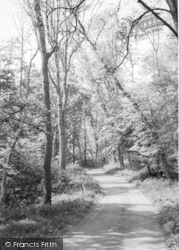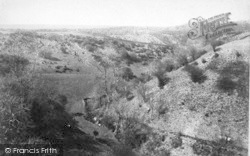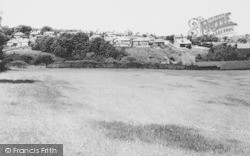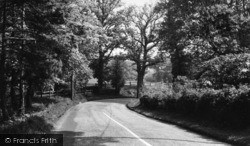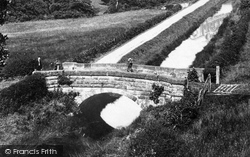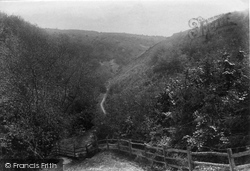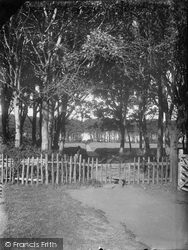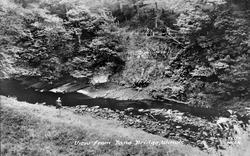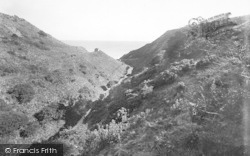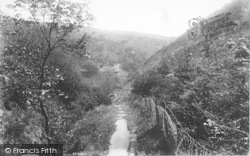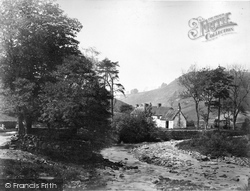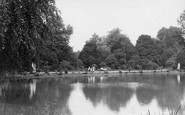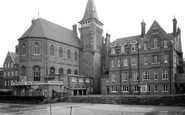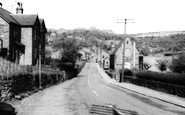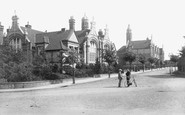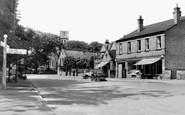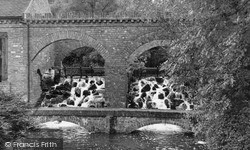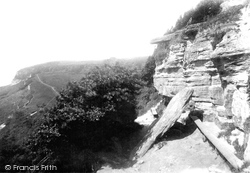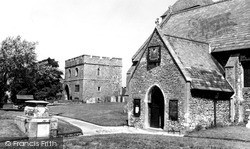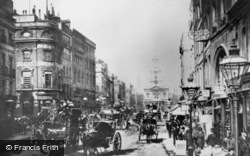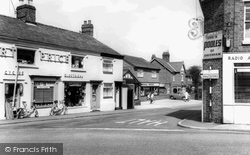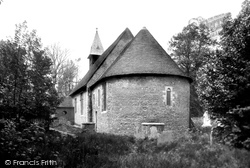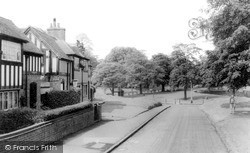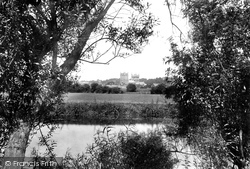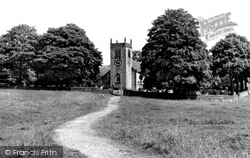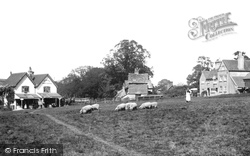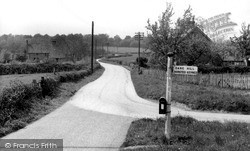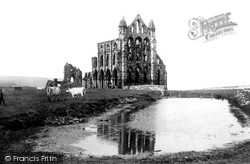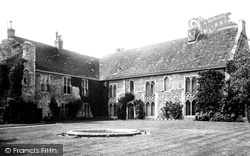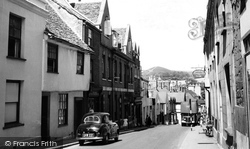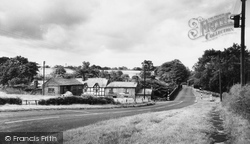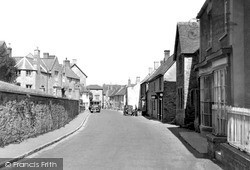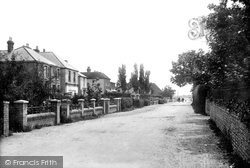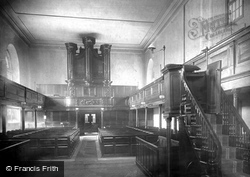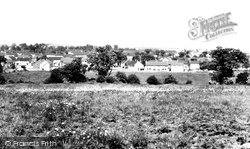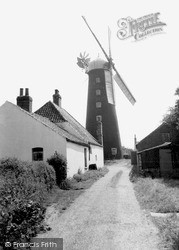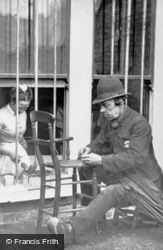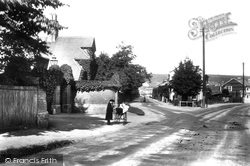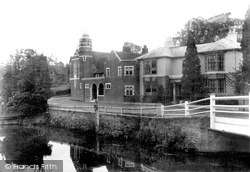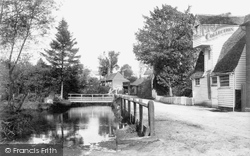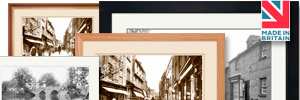Places
5 places found.
Those places high-lighted have photos. All locations may have maps, books and memories.
Photos
55 photos found. Showing results 21 to 40.
Maps
259 maps found.
Books
2 books found. Showing results 25 to 2.
Memories
302 memories found. Showing results 11 to 20.
What A Place!
Went to William Blake School. I remember the headteacher Mr Rudd, he used to walk around school with his gown on and carrying his cane. Was a Grenadier at Wandsworth Road Granada and used to go to Harringtons for pie and mash after ...Read more
A memory of Battersea in 1962
Horror!
I have very unhappy memories of this school, particularly of Miss Pedly, the matron, and the head of the boys side, My Williams. It was a cold heartless place. Fortunatly my parents removed me after four? terms. A very clear memory is ...Read more
A memory of Limpsfield in 1943 by
I Was At Port Regis 1972
I can just about remember my time at the school, it was run by nuns, Sister Sheila rings a bell. I was there with my two brothers, Thomas Keefe and Pandy Keefe. I remember geting the cane for kissing a girl and ...Read more
A memory of Broadstairs in 1972 by
Tax Farm, Two Dales
My parents and older sisters Margaret, Cynthia, Brenda and Christine lived at Tax Farm, Two Dales in the late 1930s - early 1940s - surname Taylor. They attended Darley Dale School and have very fond memories of being there.
A memory of Two Dales
Fairfields Infants
I went to Fairfields Infants in the years 1951-53, and can remember hearing of the death of King George VI in February 1952. My sister (a year older) was there too. We each received the book "Elizabeth Our Queen" soon after ...Read more
A memory of Basingstoke in 1952 by
The Old School Memories
I attended Pengam school until 1945, when spotty Willliams was the head master, only a little man but he could swish the cane on you which I remember well. During the war we all had to carry our gas masks with us ...Read more
A memory of Pengam in 1940 by
Dukeshouse Wood Camp School (Part Two)
My recollection of a dance that was arranged in the sports hall made me and another lad George Bishop decide to abstain from the proceedings as I think at the time, in fact I am sure about myself that I was ...Read more
A memory of Hexham in 1940 by
Old School
If you head down Lampits Hill and carry on past Giffords Cross road on your right, you then enter Church Road, the next road on your left is Fobbing Road. Opposite this junction is a building called the Old School House, this was the ...Read more
A memory of Corringham in 1960 by
Going To Junior School In Radcliff On Trent In 1960
My dad was in the Canadian Air Force (RCAF) stationed in Langar (born in England though) but my family lived at 16 Douglas Close just outside Radcliffe. I remember walking daily to ...Read more
A memory of Radcliffe on Trent in 1960 by
Captions
59 captions found. Showing results 25 to 48.
Broadwaters occupies a site where an ancient monastery once stood - it was destroyed by invading Danes. Broadwaters Park stream flows towards the town.
The pair eventually married at St Clement Danes Church in London in 1786. The original seat was a long rock that tumbled away in a landslide.
The abbey was founded in AD670 as a nunnery by Sexburga, widow of Ercombert, King of Kent; the original building was burnt by the Danes.
The beautiful church of St Clement Danes bestrides its centre, and was erected in 1688 from a design by Wren. The mighty tower was added by Gibbs in 1719.
Davenham gets its name from the River Dane (a 'trickling stream'), although it sits just about halfway between it and the River Weaver.
St Leonard's church at Bengeo, probably the oldest building in the Hertford area, dates from the 12th century.
It was here that Edward the Elder of Wessex defeated the Danes. The battle marked a turning point.
The Danes destroyed it in the late 10th century. Edward the Confessor created a college of secular canons here, and the church dates from this period of the 12th century.
A former church on the site is said to have been a place of refuge for Archbishop Wulfere of York as he escaped from the marauding Danes.
Later, in AD851, this was allegedly the site of a ferocious battle between Danish invaders and a Saxon army, in which the Danes were decisively routed and destroyed.
Note that no distances are indicated to either Dane Hill or Horsted Keynes - perhaps it was felt that it was not that important!
After being destroyed by the Danes in 867, Whitby was not refounded until 1078, when the Benedictines began building their abbey.
The abbey stands on the site of a Saxon nunnery set up by Domneva, and run by St Augustine's monks from Canterbury; it was destroyed in the ninth century by the invading Danes.
Cyclists have much to thank this Dane for, as he invented the Dursley-Pedersen bike.
Congleton lies in the valley of the River Dane - we have already caught a glimpse of the river in the park. Now we move two or three miles upstream to Colley Mill Bridge.
The resulting Treaty of Wedmore divided England into two: the Danes were ceded all the territory east of Watling Street, the 'Danelaw'.
Bosham was occupied by the Romans and invaded by the Danes, who stole the church bells. King Canute had a palace here and legend has it that this is where he attempted to command the waves.
The original church was probably built by the Danes, and St Michan is likely to have been a Danish saint. The organ, which dates from 1724, is said to have been played by Handel.
The Saxons, the Danes, the Vikings and William the Conqueror, to name only a few of the early invaders, have all left their mark.
A copy of the 13th-century text of 'The Lay of Havelock the Dane', a 3001-line rhyming poem telling the legend, can be found in Grimsby public library.
Here, an old man re-canes a child's chair.
A young girl with a pram stands outside the gates and vanished lodge house of Cane Hill Hospital, built in 1883.
Fulling Mill House, to the right, was once home to the Nottages, who built Cane's Mill. Later, the artist and philanthropist Edith Arendrup lived there.
Fulling Mill House, to the right, was once home to the Nottages, who built Cane's Mill. Later, the artist and philanthropist Edith Arendrup lived there.
Places (5)
Photos (55)
Memories (302)
Books (2)
Maps (259)


